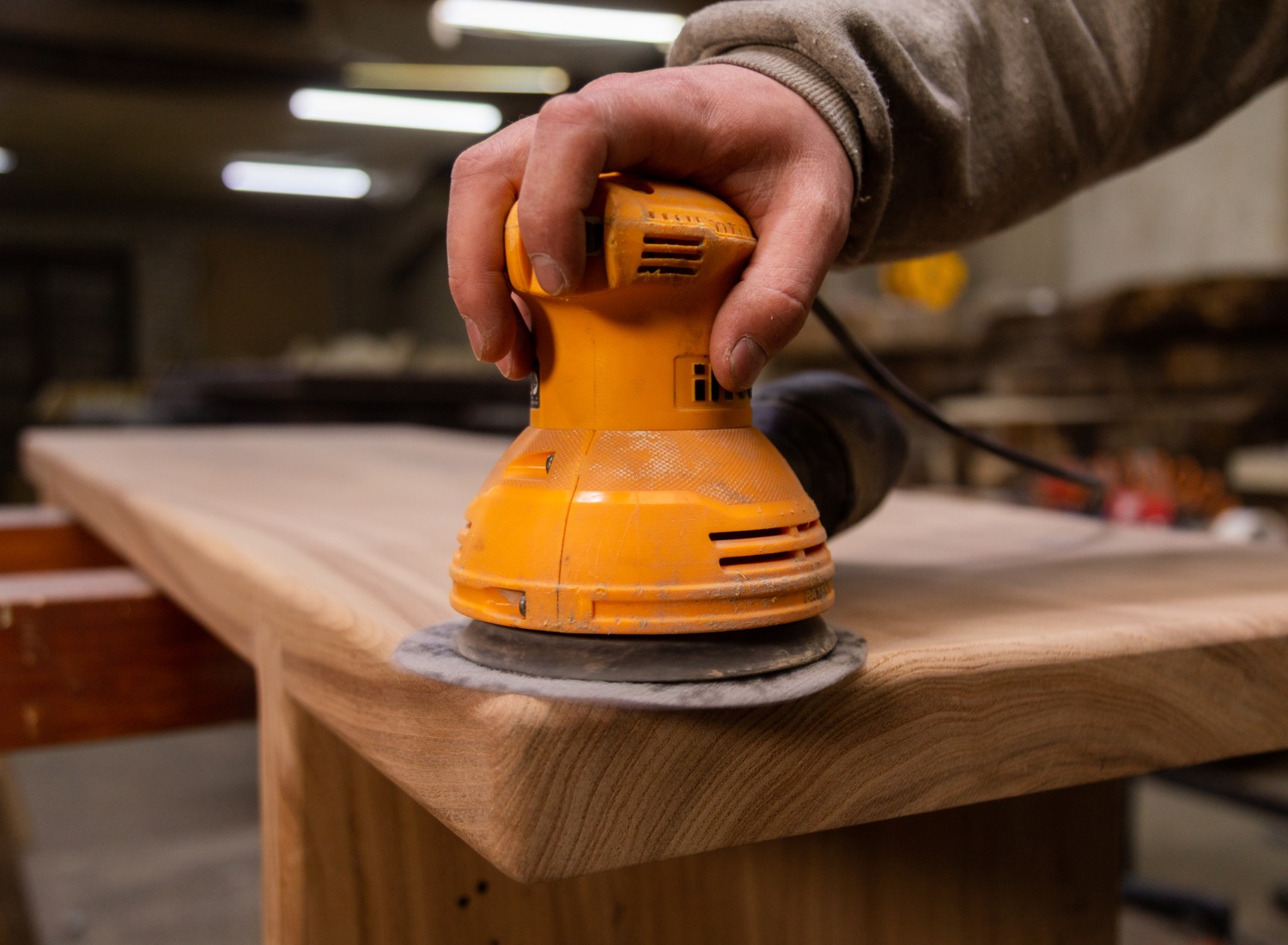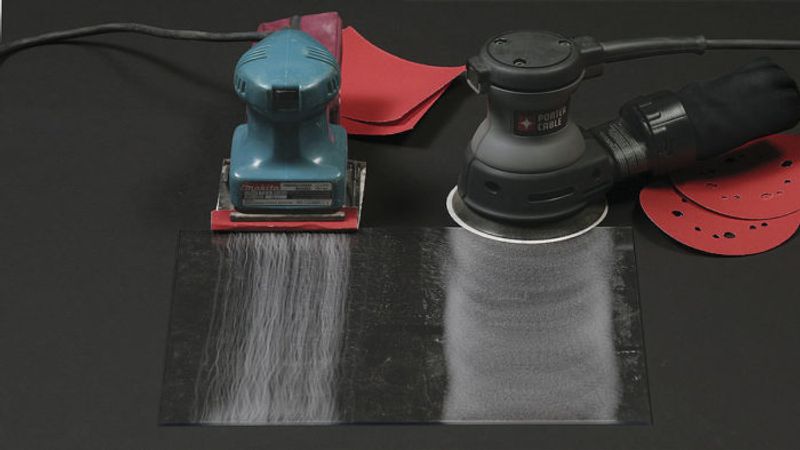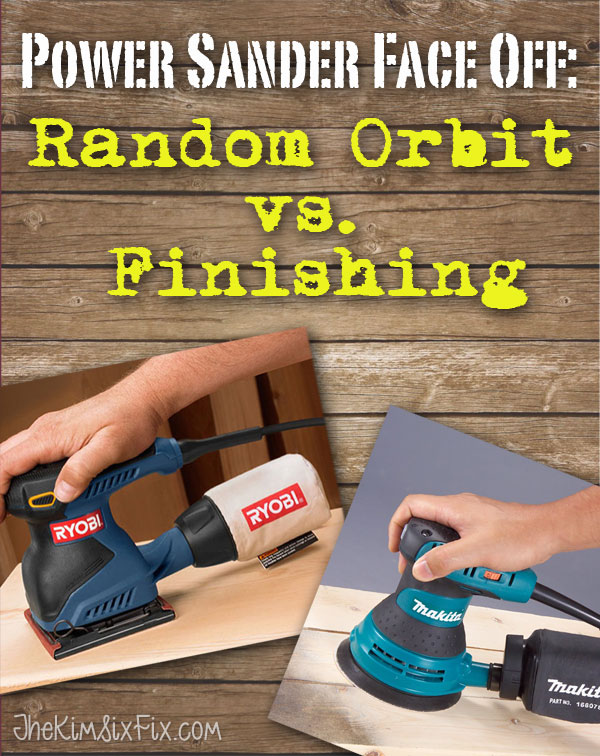Roads & PavementRoads & Pavement
Barefoot
Minimal
Low
Medium
High
Maximal
All around running shoes offer comfort and cushioning for daily runs, jogs, walks, and long mileage. They offer enough versatility for both faster and slower runs and are a great option for those who want one running shoe to do it all.
Fast run or uptempo running shoes are lightweight and responsive. They offer streamlined designs that have minimal uppers and offer a high level of energy return. These shoes are a great option for faster runs in the week or those looking for a livelier experience.
Max Cushion shoes offer premium cushioning with ample ground protection and a stable ride. These types of shoes provide abundant impact protection that softens landings while running at any pace or distance. These types of shoes are best for slower recovery runs and easy days where comfort takes priority.
Racing shoes are designed with optimal performance in mind. These types of shoes have snug-fitting uppers, energetic midsole foams, and features implemented for maximum efficiency. These types of shoes are best for runners looking to gain the ultimate advantage in races but may sacrifice some durability and comfort.
Gym Workout shoes offer a stable and versatile ride. They have a firmer underfoot feeling that provides stability for lateral movements with comfortable uppers. These types of shoes are best for trips to the gyms, cross training, casual wear, and light running. Palm vs. Belt Sander A Breakdown for Beginners Uncookie Cutter
Road running shoes feature smooth outsoles that are designed for running on paved surfaces such as roads, sidewalks, and bike paths.
Designed to handle most trail runs, these shoes prioritize comfort and a smooth ride. These shoes are great for anything from smooth singletrack, park trails, and fireroads making them ideal for those who run from their doorstep on streets before hitting the trail.
These shoes are best used for hard, rugged trails such as shale, granite or sandstone where grip on smooth surfaces and underfoot protection are important.
Designed for use in muddy, soggy conditions, these shoes feature very aggressive outsoles that dig deep into soft ground for exceptional traction.
These shoes feature technical outsoles designed to grip snowy and icy trails making them ideal for winter trail running.
Cushioning level, or stack height, refers to how much shoe is between your foot and the ground. For this category, we reference the amount of cushioning below the forefoot as the heel height will be equal to or greater than the forefoot height.
Belt Sander vs. Orbital Sander Variations of Each and When to Use
0-13mm. The Shoe generally does not have a midsole and feels like there is no cushioning. This shoe is all about feeling the ground underfoot.
14-18mm. The shoe has a thin midsole that allows for a natural running experience. Racing shoes and minimalist shoes are common here. These shoes offer a feeling of being connected to the road or trail.
19-23mm. The shoe has a slightly cushioned feel and may feature added cushioning technologies. Performance training shoes and some trail shoes are common here. These offer protection during footstrike but prioritize a lightweight, grounded experience.
24-28mm. These shoes have a stack height that fall near the middle of the spectrum.The shoes in this category are verstaile and great for all types of runs and distances.
29-34mm. The shoe has a thick midsole and ample cushioning. These shoes are highly protective and absorb more impact than the body.
35mm plus. The shoe has an extremely thick midsole and extra cushioning. The focus is on protection and soft foam underfoot with hardly any ground feel.
Neutral shoes support the foot through a normal range of arch collapse and generally do not have a built-in technology to correct movement.
Stability shoes are a great option for those who overpronate or need added support. These shoes help to limit the inward rolling motion of the ankle while running or walking and assist in guiding the foot straight through the gait cycle. Belt Sander VS Orbital Sander What s The Difference YouTube
Product Details:
A Beginner s Guide to the Best Handheld Power Sanders Dengarden outlet, Best Sheet Sanders 2024 Reviews SanderScore outlet, How to Choose the Best Sanders for Wood When to Use Them outlet, Triton Palm Belt Sander outlet, 1 4 Sheet Orbital Sander DEWALT outlet, Belt sander vs other sanding tools Engineer Warehouse outlet, Which Sander is BETTER Random Orbital VS 1 4 Sheet Palm Sander outlet, Clarke Contractor CON320 Professional 1 2 Sheet Sander Machine outlet, Cordless Sanders Belt vs Orbital vs Sheet a Breakdown Ohio outlet, 1 4 Sheet Finishing Sanders Canadian Woodworking outlet, DEWALT Orbital Sander 5 Inch DWE6421 Amazon outlet, Improve Your Wood Sanding Results outlet, MAXIMUM 2.4A Corded Single Speed Sheet Sander with Cyclonic Tech outlet, What sander to use Toolstop outlet, Random orbital sander Wikipedia outlet, How to Choose the Best Power Sander for the Job outlet, Belt Sander vs Palm Sander What s Your Choice outlet, Should I start my sander on or off the wood Wood outlet, Types of sander Which do you need for your DIY projects outlet, Which is better Belt sander Vs hand plane outlet, Types Of Sanders Their Uses Learn Top Sanding Secrets outlet, Sanders Buying Guide Homebase outlet, The Best Orbital Power Sanders of 2024 Power Sander Reviews outlet, Belt Sander vs Orbital Sander Key Differences Which to Use outlet, The Best Sander for Furniture Restoration 2024 Buying Guide outlet, Sanders Archives The Tool Geeks outlet, BOSCH OS50VC Electric Orbital Sander 3.4 Amp 1 2 Inch Finishing outlet, Best Sanders for Furniture Which One to Buy Why Saws on Skates outlet, 6 Types of Power Sanders and How to Choose One outlet, Which Sander Is Right For Me Power Sanders Woodworking Wisdom outlet, Random Orbit Versus Finish or outlet, Palm Sander Vs Orbital Sander ElectronicsHub outlet, Orbital Sander vs Palm Sander Which Sander is Best for You outlet, Palm vs. Belt Sander A Breakdown for Beginners Uncookie Cutter outlet, Sheet Sander vs Orbital Sander ElectronicsHub outlet, Random Orbital Sander vs. Palm Sander What s the Difference outlet, Belt Sander vs Orbital Sander Bona outlet, The DIYer s Guide to Sanders outlet, When to use belt sander vs orbital sander Benchmark Abrasives outlet, Power Sander Face Off Random Orbital vs. Finishing The Kim Six Fix outlet, What s the Difference Fine Finish Sanders Orbital vs. Random Orbit outlet, Belt Sander VS Orbital Sander What s The Difference YouTube outlet, Belt Sander vs. Orbital Sander Variations of Each and When to Use outlet, Palm vs. Belt Sander A Breakdown for Beginners Uncookie Cutter outlet, Palm vs. Belt Sander A Breakdown for Beginners Uncookie Cutter outlet, Belt Sander vs Orbital Sander Which to Choose House Grail outlet, Belt Sander vs Orbital Sander Comparison. Which Is Best for You outlet, Belt Sander Vs Orbital Sander Benchmark Abrasives outlet, The Orbital Sander Versus The Belt Sander Sanding Finished Work outlet, Belt Sander vs Orbital Sander What s the Difference outlet, Product Info:
Sheet sander vs belt sander outlet.
- Increased inherent stability
- Smooth transitions
- All day comfort
Model Number: SKU#7571705





